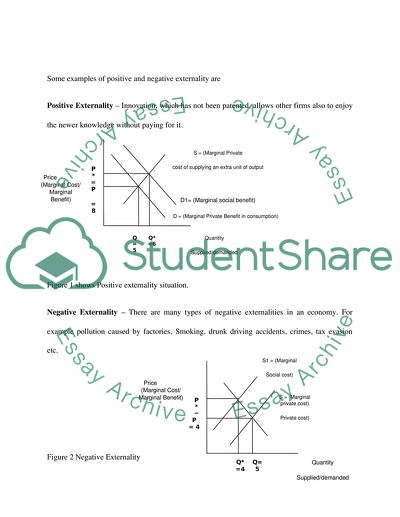Cite this document
(Externality as a Big Concept in Economic Analyses Research Paper, n.d.)
Externality as a Big Concept in Economic Analyses Research Paper. Retrieved from https://studentshare.org/finance-accounting/1737574-not-decided-but-should-be-related-with-environmental-economics
Externality as a Big Concept in Economic Analyses Research Paper. Retrieved from https://studentshare.org/finance-accounting/1737574-not-decided-but-should-be-related-with-environmental-economics
(Externality As a Big Concept in Economic Analyses Research Paper)
Externality As a Big Concept in Economic Analyses Research Paper. https://studentshare.org/finance-accounting/1737574-not-decided-but-should-be-related-with-environmental-economics.
Externality As a Big Concept in Economic Analyses Research Paper. https://studentshare.org/finance-accounting/1737574-not-decided-but-should-be-related-with-environmental-economics.
“Externality As a Big Concept in Economic Analyses Research Paper”, n.d. https://studentshare.org/finance-accounting/1737574-not-decided-but-should-be-related-with-environmental-economics.


